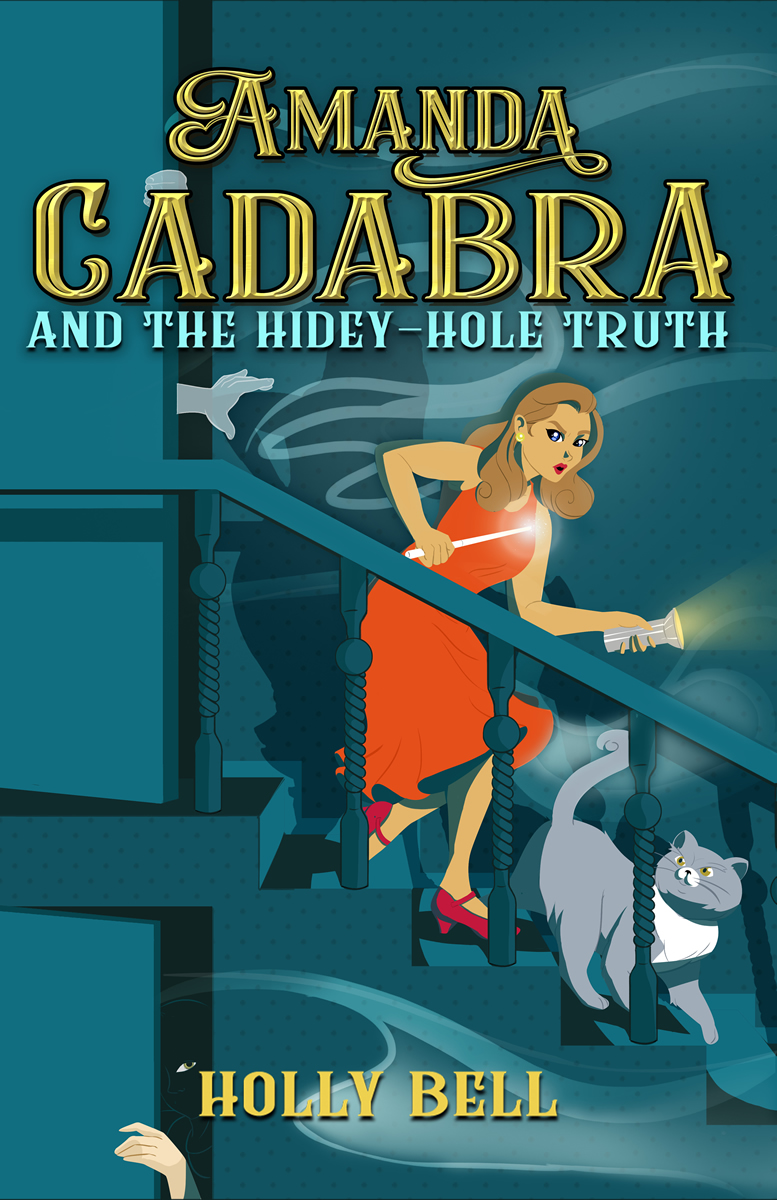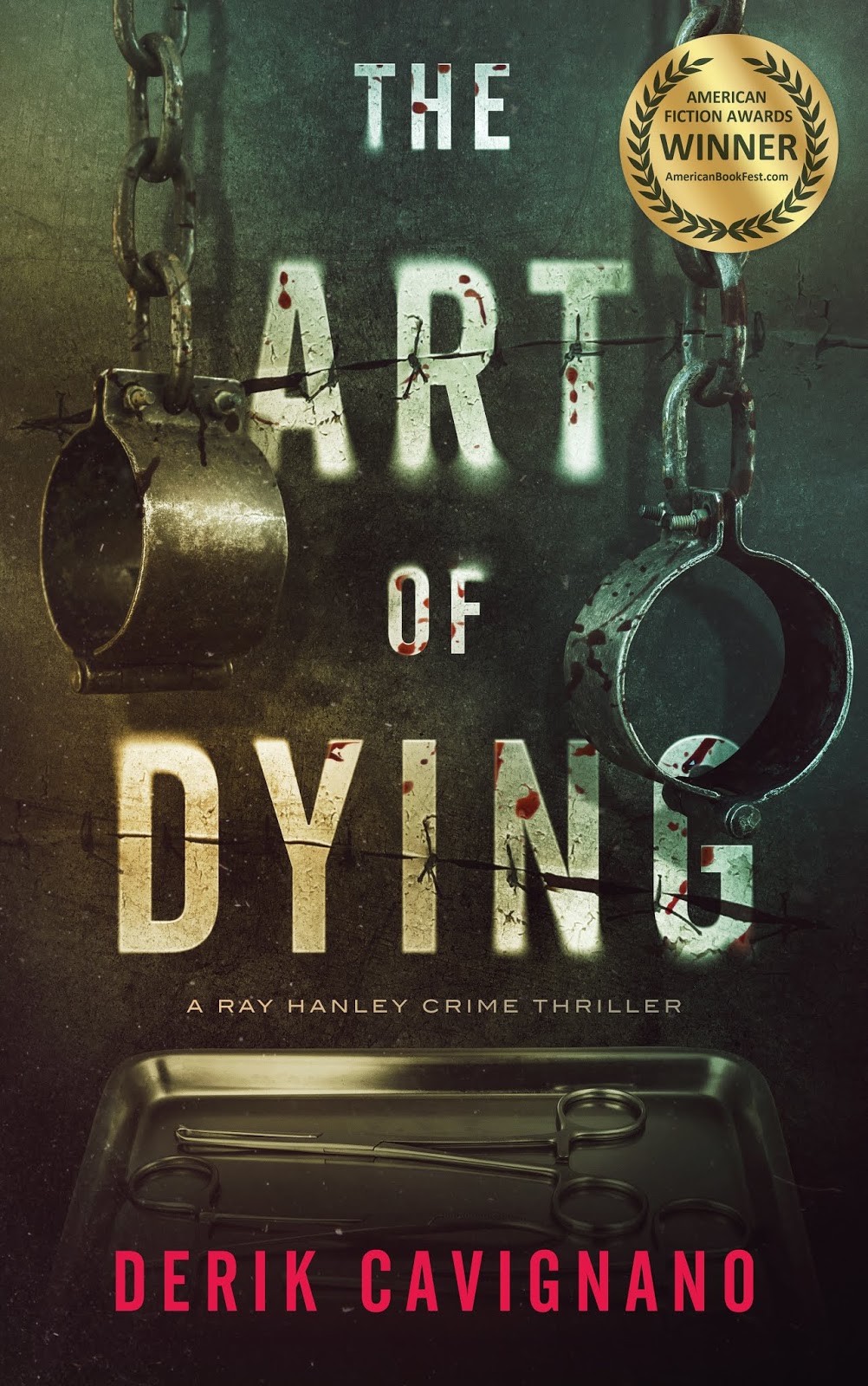Note from Nicole: I am so glad to have Holly back on my blog! Get a notebook out while you read her post, I guarantee she’ll inspire you to look up a few titles. Take it away Holly!
When I was 11 years old, I fell in love. With words. I couldn’t read enough; it was an unquenchable thirst. Not just for literature but more words, new words, and I read the dictionary for the pure joy of finding them. My vocabulary exploded in a surge of acceleration.
One thing there was plenty off at home was books. My brother was also an avid reader, and I read anything he recommended and passed on to me. I’d become hooked on one author after another, and anything that wasn’t at home I got from the library or if necessary bought it.
The blessing of being often ill in early years (like Robert Louis Stephenson and best-selling author Maggie O’Farrell, I like to think!) was that I had the opportunity and the desire to read a great deal. By the age of about 10, I’d read all of the children’s classics that had come my way, and was stretching for more things to read besides Agatha Christie who’d off my parents’ shelf had leapt into my hands and heart.
Adoring language, I revelled in the peculiarly British comic novels of Stephen Potter and PG Wodehouse, after seeing their work on old films broadcast on television.

My brother was a keen reader of science fiction, and so I met John Wyndham, in The Day of the Triffids, Isaac Asimov, in I Robot and the Foundation series, and Arthur C Clarke in The City and the Stars. (They still adorn my shelves, I can see them over my shoulder.) These sci-fi authors struck me with the sensitivity with which they wrote, especially Wyndham. His creation of characters and dialogue seemed to be reaching out and saying to me, ‘I know you. I understand you.’
These weren’t just great stories, or epics, blockbusters; they were personal, emotional. They later inspired me, at the age of about 17, to attempt my own science fiction novel. It never made it into the light of day, but I still have the manuscript I typed out in a folder somewhere.
However, it wasn’t all science fiction. My brother also gave me the door to Alastair MacLean with Where Eagles Dare. I was to read book after book by this renowned adventure-thriller author. Nevertheless, it was the eerie Netherlands-set Puppet on a Chain that obsessed me. My second favourite of the genre came to be Hammond Innes. The Angry Mountain, about Vesuvius erupting in modern times, was enthralling.
I tried westerns as my brother recommended Louis L’Amour, but there were other genres I preferred. Still, I’m glad I tried it on for size.
My brother and I would read multiple volume novels at the same time, picking up and reading when the other would put the book down. In this way, we had the shared experience of War and Peace and what was to become my favourite novel: The Lord of the Rings. We didn’t just read these works; we lived in them.
At 11 years of age, I began a new school. What interested my most about other students was what they were reading! And so I rapidly consumed Georgette Heyer’s witty historical novels and made my way into classic horror with Mary Wollstonecraft’s Frankenstein and Bram Stoker’s Dracula, and the works Edgar Allen Poe. What you might call my ‘goth’ phase. Curiously, I never met another sci-fi fan while I was at school. It was co-educational, so there was no literary gender bias in the library or the set books for the curriculum.
The education system of the time probably meant well. How were the powers that be to know that every book compulsorily read in class, or aloud by a teacher, resulted in its being ritually slaughtered on the graffitied desk of the hapless student? However, the school did house a library. It was small, but it contained what was to become my greatest treasure.
The Chrysalids. This was a book that won my heart. It’s a sci-fi about a boy living in a post-apocalyptic society where any physical deviation from the norm is dealt with ruthlessly. When he discovers the existence of a mental aberration, telepathy, in himself and a few other children, his life takes on a new and fearful meaning. It is the one book whose opening lines I know off by heart! I have read it at least 14 times, and it sits on my shelves to this day.
In between, I was still returning to my old favourites: the Narnia collection and Tove Janssen’s Moomintroll books. In fact, whenever I felt distressed, I escaped through the back of the wardrobe or into Moominland. Once there, I was safe, and everything made sense.
In the local library, I don’t remember there being a dedicated section for teenagers. just ‘children’ and ‘older readers’. I found these books tame and remote by comparison with what I’d become used to reading. This was simply because there was no significant body of literature aimed at teens or young adults. Not only that, but I related better to young adults, adults and older adults than to those of my own age group. Most of the people I knew and talked to were adults, and I would ask them for book recommendations.
However, much later, when, to all appearances, I was grown up, one day, I found I had exhausted my current favourite authors. As a result and encouraged by one of my beloved librarians, I found myself browsing the actual ‘teen’ section of the library. I remember one novel in particular that caught my eye: Homecoming. Soon I was hooked and read all of Cynthia Voigt’s Tillerman cycle of four abandoned children who must find and make a new life for themselves.
In the same library section, I found The Chocolate Wars and the brilliantly suspenseful and sinister I Am The Cheese, by Robert Cormier. Nearby and waiting for me were French Letters by Eileen Harrison, Everybody Else’s Parents Said Yes by Paula Danziger — still on my shelves with Judy Blume’s Are You There God? It’s Me, Margaret — and Round Behind the Ice-House by Anne Fine. With these and other outstanding authors, I knew I was in the presence of greatness.
There were more, but these are the books whose titles have stayed with me, and the Homecoming series is one I have re-read over the years.
Since I began writing novels, that joyous activity has taken centre stage, and my reading is research. However, that means rich seams of literature have been and are being created and, one day, I’ll be there with pick and shovel to enjoy mining them. If you have any recommendations, please let me know, and I’ll line them up!

If my experience has taught me anything, it is not to discount any age-related genre. So next time you’ve finishing binging on an author or series you love and feel at a loss for what to read next, have a browse in genres for children, middle years, teen and young adult. These readers have high expectations, and you’ll find some world-class writing and writers on these shelves.
Finally, here’s my thanks to all of the authors living and dead who have given me pleasure, comfort and inspiration, and to you, Nicole, for the chance to share them with you and your readers.
PS. When I was seventeen, I decided to ‘educate’ myself, but that’s a whole lot of other books story. I hope that one day, you’ll allow me to come back and tell you.
Thank you so much Holly! Make sure you visit Holly’s blog http://amandacadabra.com/blog where you can find out about this incredible series. Also, check the latest Amanda Cadabra book, Amanda Cadabra and The Hidden Depths on Amazon.com or add it to your GoodReads list.





